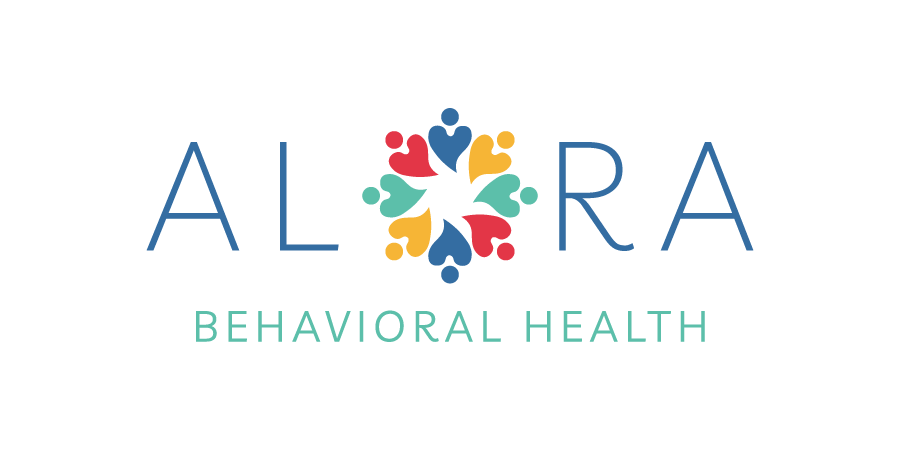When your child begins ABA therapy, it’s natural to wonder: “How will I know it’s working?” Many parents hope to see rapid, clear-cut results—more words, fewer behaviors, big leaps forward. But in ABA therapy, progress can be much more nuanced. Understanding what “progress” really looks like can help set realistic expectations and ease some of the stress that often comes with the process.
Progress Is Personal
No two children follow the same developmental path, and the same is true in ABA therapy. While one child might start speaking more within the first few months, another may begin by making eye contact, pointing to objects, or responding to their name. These might seem like small steps on the surface, but they represent huge wins in communication, connection, and independence.
Progress is always based on the child’s unique goals—not on comparisons to others.
It’s Not Always a Straight Line
Just like with any type of learning, progress can be slow, uneven, and full of ups and downs. A child might master a new skill one week, then need extra support with it the next. This doesn’t mean therapy isn’t working—it means the child is being challenged in a way that supports long-term growth.
Setbacks or plateaus can be expected, especially when life circumstances change, like starting school or adjusting routines. These periods are part of the process and often give behavior teams valuable insight into how to adjust support.
Small Skills Build Big Successes
In ABA, many goals are broken down into smaller, teachable steps. For example, learning how to play with a peer may begin with tolerating someone sitting nearby, then progress to turn-taking, then to asking to play. It can take time, but each step is purposeful.
This breakdown allows children to practice each skill with confidence before moving on to the next. These foundations are what lead to meaningful, lasting progress in real-world situations.
Behavior Change Takes Time
For families hoping to reduce certain behaviors—like aggression, elopement, or intense tantrums—it’s important to remember that behavior change doesn’t happen overnight. The goal is to teach new, more functional skills that replace these behaviors, not simply to stop them.
That takes time, trust, and consistency. Along the way, you might notice more subtle signs of progress: your child needing fewer reminders, using a calming strategy independently, or being able to stay in the room longer during an activity they once avoided.
Data Helps Track What’s Working
One of the strengths of ABA therapy is that it relies on measurable data. Behavior technicians and BCBAs take careful notes during each session—tracking how often skills are demonstrated, how independently they’re used, and in what contexts.
This data helps the team see patterns over time, make decisions based on evidence, and celebrate wins that might otherwise go unnoticed. It’s a reminder that even when you don’t feel like anything has changed, progress might be quietly unfolding.
Celebrate the Everyday Moments
Progress can also show up in moments that aren’t written into any treatment plan: a smoother bedtime routine, a family outing that used to feel impossible, a new food tried, a meltdown that ends with a hug instead of a scream. These are all signs that your child is learning, growing, and applying skills outside of sessions.
Parents and caregivers play a vital role in spotting and celebrating these victories. Sharing them with your child’s therapy team can also help guide goals and strategies moving forward.
Realistic Expectations, Real Rewards
It’s okay to feel unsure or impatient at times. Wanting the best for your child doesn’t mean expecting everything to happen at once. Understanding what progress really looks like in ABA therapy helps shift the focus from fast results to lasting change.
With time, support, and collaboration, meaningful progress happens—in ways that truly matter for your child and your family.
